- Home
- UFAI in the News
- UFAI in Print
- 3-D Scan Reveals Foot Damage by High Heels
3-D Scan Reveals Foot Damage by High Heels
- Published 8/27/2013
- Last Reviewed 3/8/2022
In order to show that a person has a problem with heels, you do a pressure distribution study, Baravarian said the scanner shows if there is damage to a patient’s foot, but it does not show the amount of stress going into that particular area of the foot.
This 3-D scan of a female foot in a high-heeled shoe might make you rethink that new pair of Manolo Blahniks.
For the first time in the United Kingdom, specialists at Royal National Orthopaedic Hospital in North London, England, are using new technology to view the foot and ankle in 3-D. They hope the PedCAT 3-D scanner will transform the treatment of foot and ankle problems often caused by wearing high heels.
“The new scanner allows us to clearly see how the foot and ankle looks and functions inside shoes fully weight bearing,” Andy Goldberg, a consultant orthopedic surgeon at the hospital, said in a news release.
Patients can stand in the scanner wearing their shoes or barefoot while hundreds of 2-D X-rays are taken of their feet. The images are then combined to create a 3-D image from every angle in just 60 seconds.
While there is an established connection between high heels and foot pain, this is the first time the effect of shoes on feet can be seen in real time.
With the help of the scanner, specialists at the hospital were able to see that wearing a high heeled shoe can force a foot into an unnatural shape, which can cause pain and long-term damage after frequent use of heels.

However, other experts may argue that the 3-D scanner is not an entirely adequate tool in diagnosing and treating foot pain.
“In order to show that a person has a problem with heels, you do a pressure distribution study,” Dr. Bob Baravarian, chief of podiatry at Santa Monica/UCLA Medical Center, told ABC News.
Baravarian said the scanner shows if there is damage to a patient’s foot, but it does not show the amount of stress going into that particular area of the foot.
“It could be from a previous injury or it could be from high heels,” Baravarian said.
Nonetheless, both Baravarian and Goldberg agreed that a ban on high heels is not ideal.
To avoid major foot pain and damage in the future, he and Goldberg suggested wearing heels in moderation.
“Wearing a platform or a wedge is going to be a much better heel,” Baravarian said. ”It is more substantial on the sole of the foot.”
“You think we can ever stop women from wearing high heels?” Baravarian asked.
 Dr. redkar is the best. She always takes care of my issues and great with all the treatments. I am beyond satisfied with her ca...Sk
Dr. redkar is the best. She always takes care of my issues and great with all the treatments. I am beyond satisfied with her ca...Sk Dr. Justin Franson absolutely rocks! Phenomenal doctor with tons of experience. He's always professional, amicable, patient a...Manuel R.
Dr. Justin Franson absolutely rocks! Phenomenal doctor with tons of experience. He's always professional, amicable, patient a...Manuel R. Please provide handicap parkingBarry S.
Please provide handicap parkingBarry S. Dr. Ambibola Johnson is awesome!Laurie S.
Dr. Ambibola Johnson is awesome!Laurie S. I appreciate the care and timeliness of all my appointments I’ve had at UFAI. Gray, Lydia and the staff all are wonderful. Lydi...Edelmira G.
I appreciate the care and timeliness of all my appointments I’ve had at UFAI. Gray, Lydia and the staff all are wonderful. Lydi...Edelmira G. Very greatfull for the doctor and stuffJesus M.
Very greatfull for the doctor and stuffJesus M. Doctor was very caringBrigitte S.
Doctor was very caringBrigitte S. Everyone is very nice and efficient-
Everyone is very nice and efficient-
Especially Dr Kelman. He takes very good care of me!!Claudia K. Great costumer service.
Great costumer service.
Prompt and efficientDean W. No . I’m pleased with the care .Michael P.
No . I’m pleased with the care .Michael P. Appreciate the professionalism and expertise, as well as the caring.Stella G.
Appreciate the professionalism and expertise, as well as the caring.Stella G. I had been to Dr. Yau before for a problem with my feet and he was wonderful. I brought my 11 year old daughter in to see him ...Tanya M.
I had been to Dr. Yau before for a problem with my feet and he was wonderful. I brought my 11 year old daughter in to see him ...Tanya M.
-
 Listen Now
15 Summer Foot Care Tips to Put Your Best Feet Forward
Read More
Listen Now
15 Summer Foot Care Tips to Put Your Best Feet Forward
Read More
-
 Listen Now
Swollen Feet During Pregnancy
Read More
Listen Now
Swollen Feet During Pregnancy
Read More
-
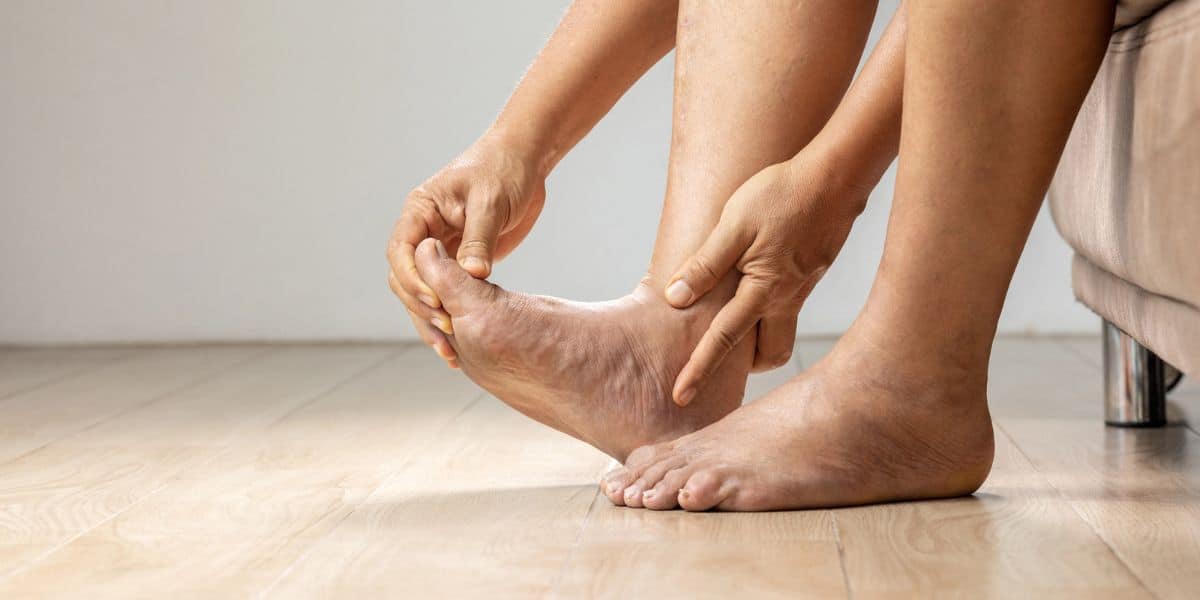 Listen Now
Top 10 Non-Surgical Treatments for Morton's Neuroma
Read More
Listen Now
Top 10 Non-Surgical Treatments for Morton's Neuroma
Read More
-
 Listen Now
Do Blood Pressure Medicines Cause Foot Pain?
Read More
Listen Now
Do Blood Pressure Medicines Cause Foot Pain?
Read More
-
 Listen Now
Should I See a Podiatrist or Orthopedist for Foot Pain and Ankle Problems?
Read More
Listen Now
Should I See a Podiatrist or Orthopedist for Foot Pain and Ankle Problems?
Read More
-
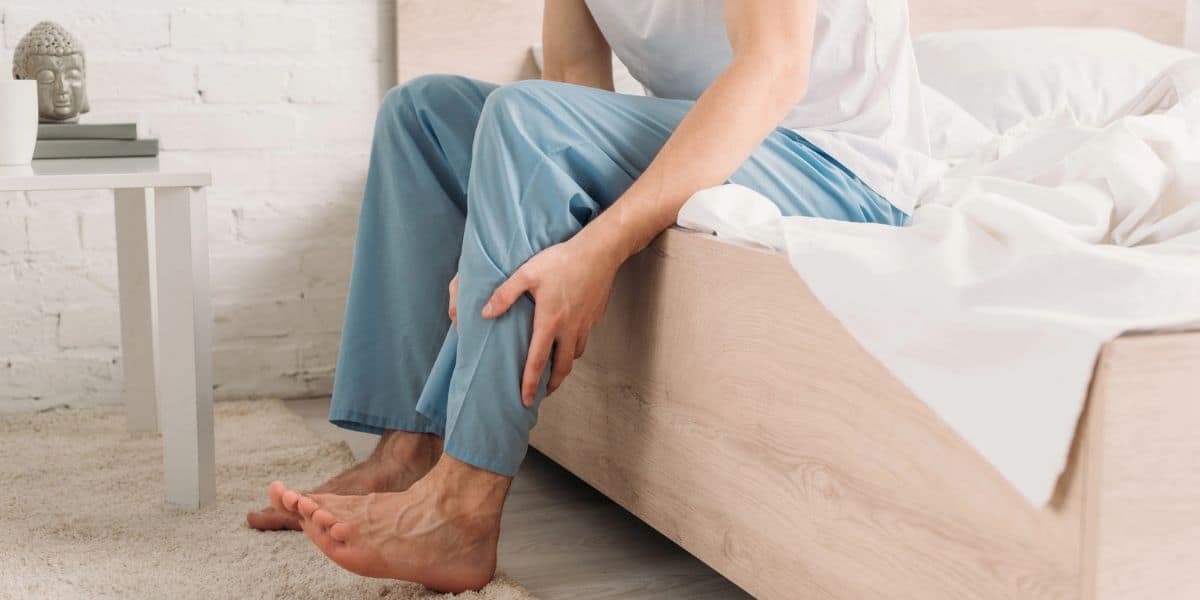 Listen Now
What Are Shin Splints?
Read More
Listen Now
What Are Shin Splints?
Read More
-
 Listen Now
Is Bunion Surgery Covered By Insurance?
Read More
Listen Now
Is Bunion Surgery Covered By Insurance?
Read More
-
 Listen Now
How To Tell If You Have Wide Feet
Read More
Listen Now
How To Tell If You Have Wide Feet
Read More
-
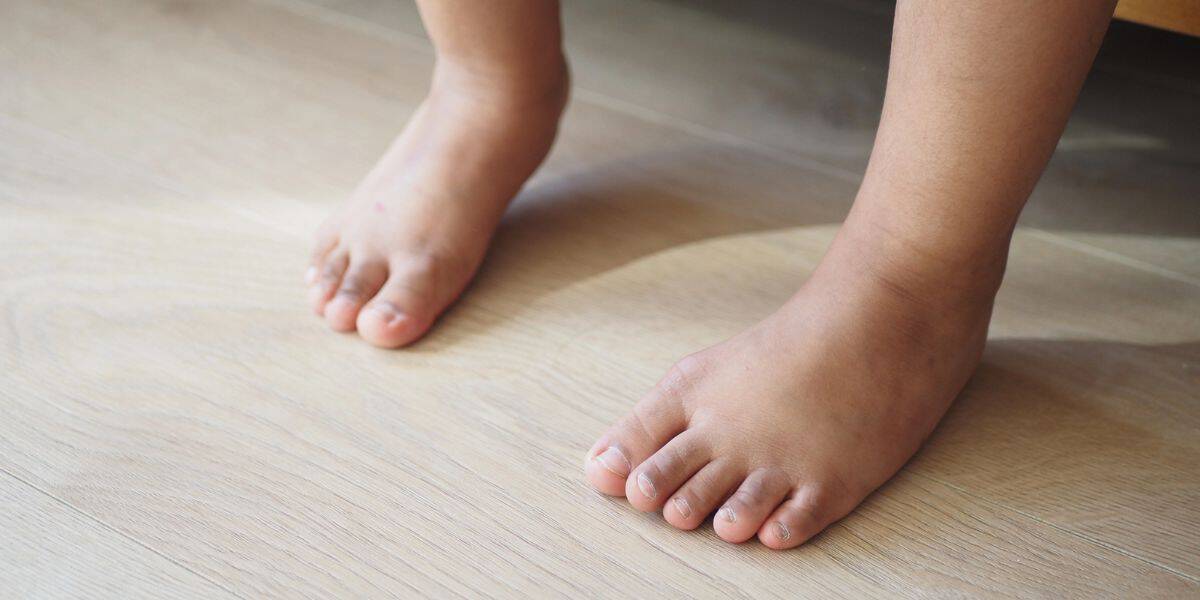 Listen Now
Pediatric Bunion Surgery
Read More
Listen Now
Pediatric Bunion Surgery
Read More
-
 Listen Now
Bunion Surgery for Athletes: Can We Make It Less Disruptive?
Read More
Listen Now
Bunion Surgery for Athletes: Can We Make It Less Disruptive?
Read More
-
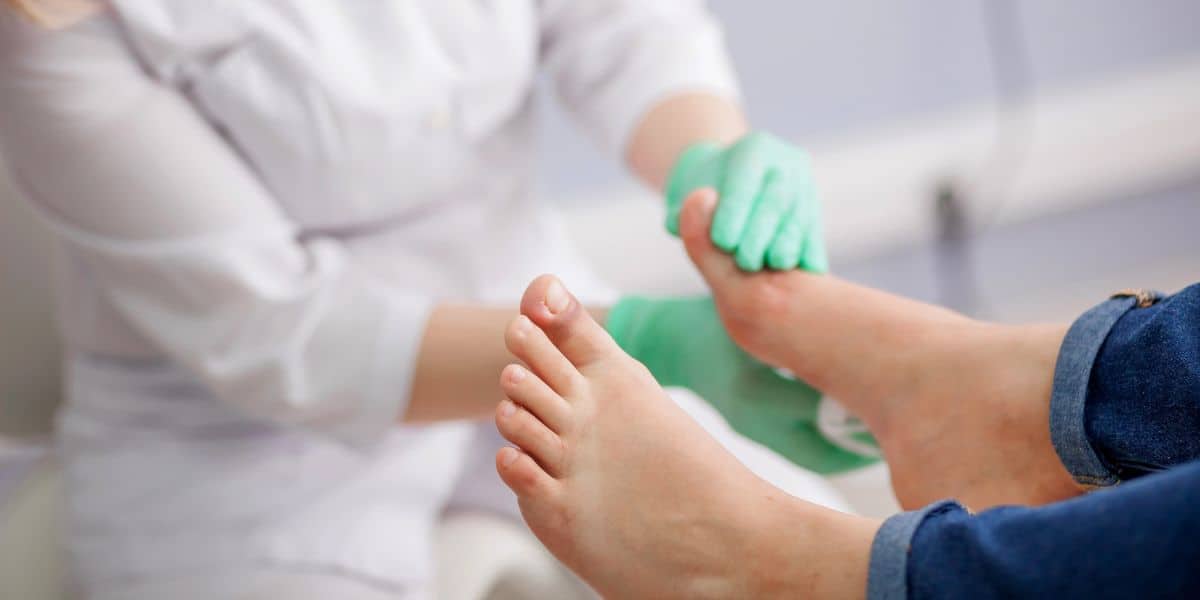 Listen Now
Non-Surgical Treatment for Plantar Fasciitis – What Are Your Options?
Read More
Listen Now
Non-Surgical Treatment for Plantar Fasciitis – What Are Your Options?
Read More
-
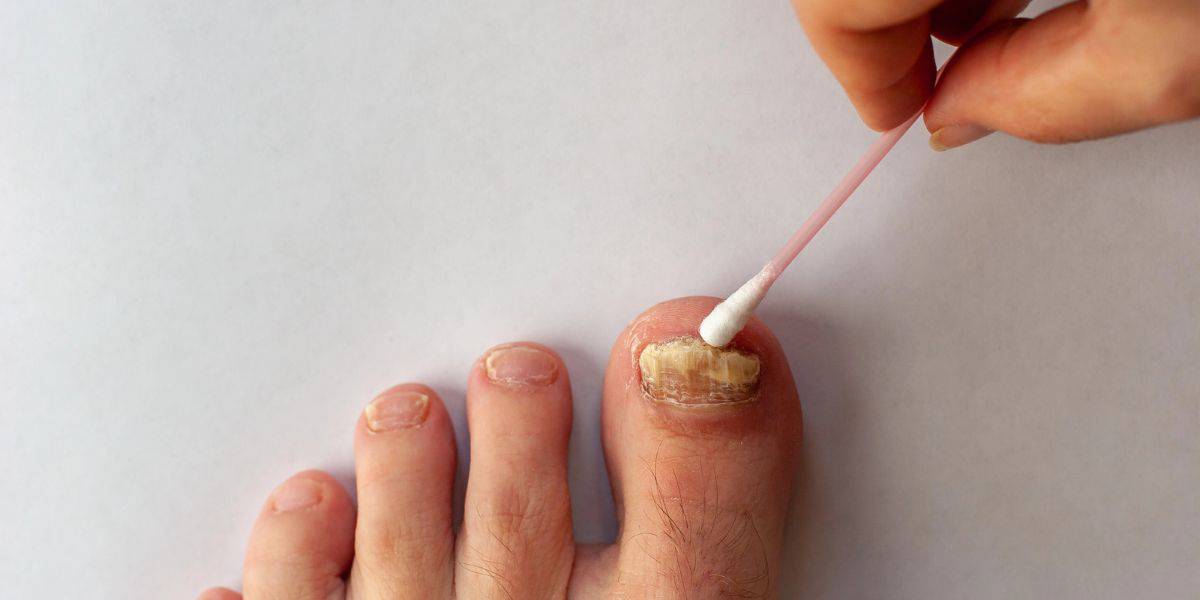 Listen Now
What To Do When Your Toenail Is Falling Off
Read More
Listen Now
What To Do When Your Toenail Is Falling Off
Read More
-
 Listen Now
Bunion Surgery for Seniors: What You Need to Know
Read More
Listen Now
Bunion Surgery for Seniors: What You Need to Know
Read More
-
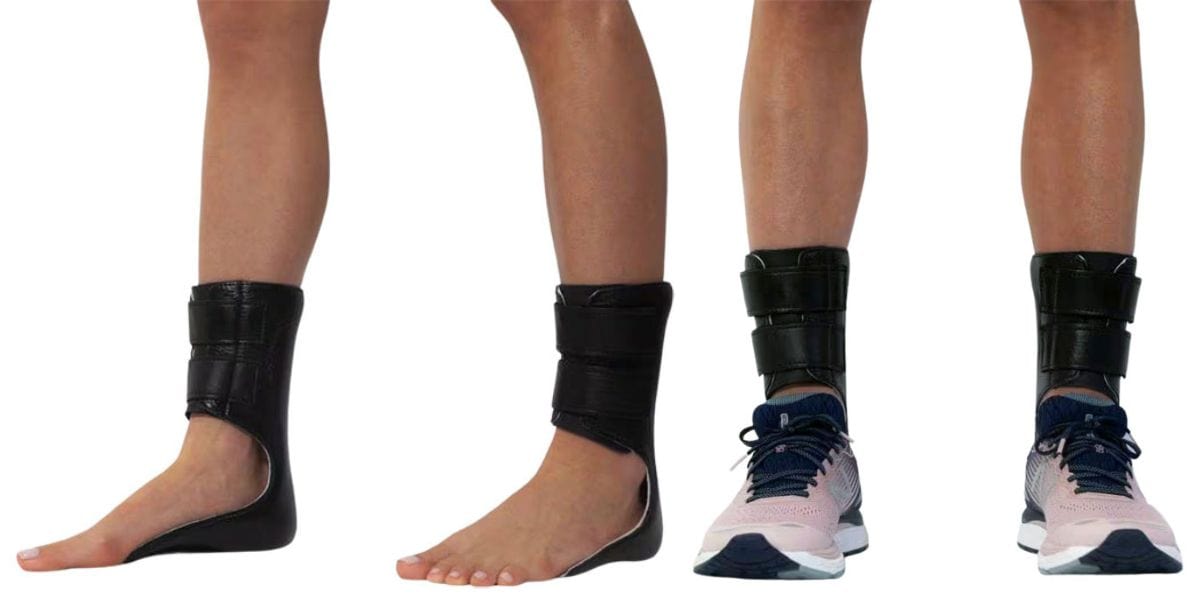 Listen Now
Moore Balance Brace: Enhance Stability and Prevent Falls for Better Mobility
Read More
Listen Now
Moore Balance Brace: Enhance Stability and Prevent Falls for Better Mobility
Read More
-
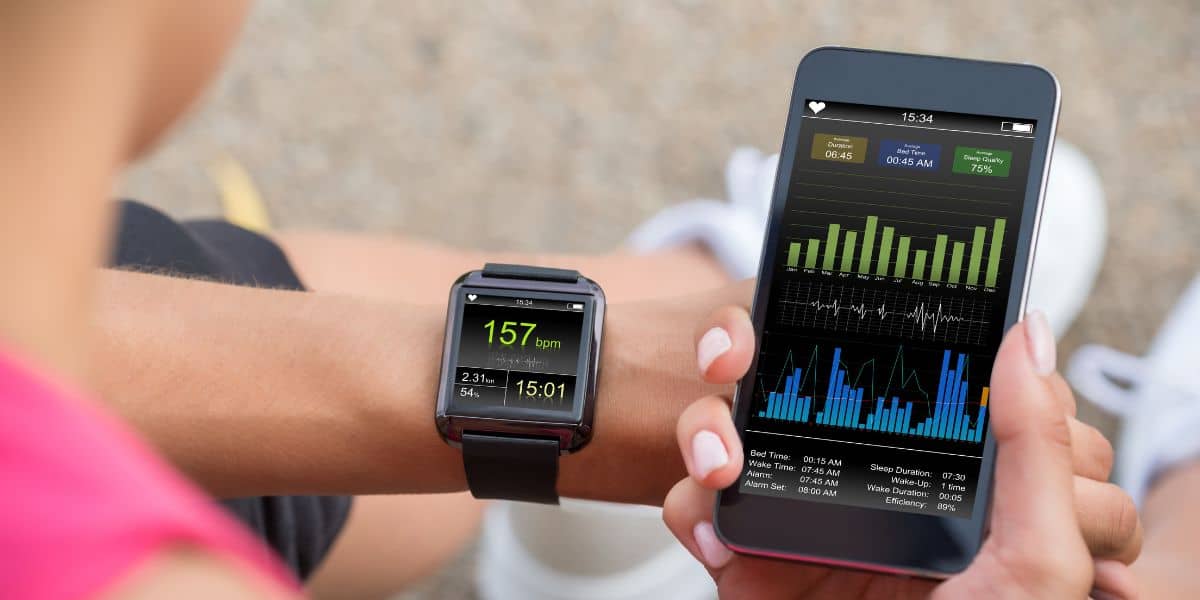 Listen Now
How Many Steps Do I Need A Day?
Read More
Listen Now
How Many Steps Do I Need A Day?
Read More














